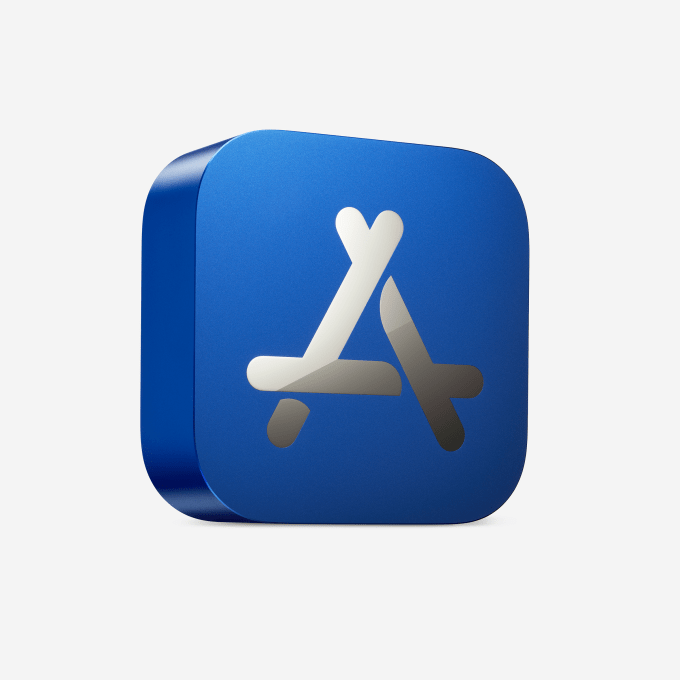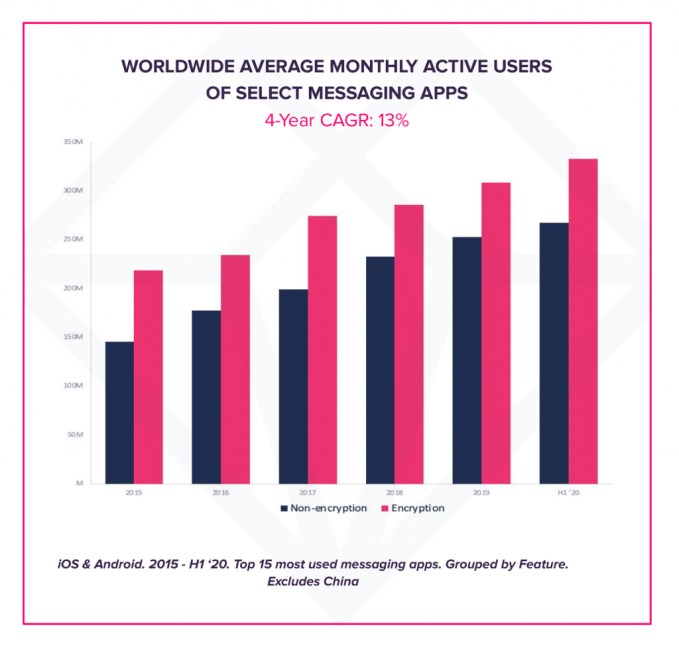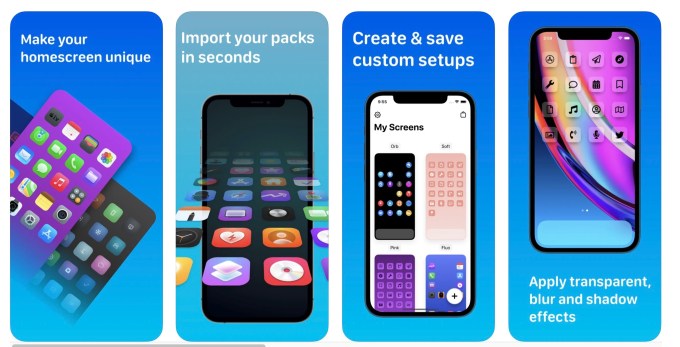Editor’s note: Get this free weekly recap of TechCrunch news that any startup can use by email every Saturday morning (7 a.m. PT). Subscribe here.
Did you follow all of the unicorn news from the last couple of weeks? No? Here’s a list of headlines to catch you up, because this holiday season is already featuring mega acquisitions, even more IPO filings, and a steady drumbeat of fundraises.
Somehow, after one of the toughest years in recent memory, the tech industry is heading into December with more enthusiasm than ever. (Still remember the WeWork IPO fiasco from last year? No?)
Salesforce buys Slack in a $27.7B megadeal
Everyone has an opinion on the $27.7B Slack acquisition
What to make of Stripe’s possible $100B valuation
How the pandemic drove the IPO wave we see today
A roundup of recent unicorn news
C3.ai’s initial IPO pricing guidance spotlights the public market’s tech appetite (EC)
Working to understand C3.ai’s growth story (EC)
Insurtech’s big year gets bigger as Metromile looks to go public (EC)
Wall Street needs to relax, as startups show remote work is here to stay (EC)
In first IPO price range, Airbnb’s valuation recovers to pre-pandemic levels (EC)
3 new $100M ARR club members and a call for the next generation of growth-stage startups (EC)

Virtual fundraising is here to stay
Connie Loizos sat down with Jason Green of leading enterprise-focused firm Emergence Capital to get his view of SPACs, and how they are likely to be used next year and beyond. But early-stage startups, don’t miss his affirmation of Zoom meetings as part of the fundraising process going forward.
I would say that over the last five years, we’ve made almost a total transition. Now we’re very much a data-driven, thesis-driven outbound firm, where we’re reaching out to entrepreneurs soon after they’ve started their companies or gotten seed financing. The last three investments that we made were all relationships that [date back] a year to 18 months before we started engaging in the actual financing process with them. I think that’s what’s required to build a relationship and the conviction, because financings are happening so fast.
I think we’re going to actually do more investments this year than we maybe have ever done in the history of the firm, which is amazing to me [considering] COVID. I think we’ve really honed our ability to build this pipeline and have conviction, and then in this market environment, Zoom is actually helping expand the landscape that we’re willing to invest in. We’re probably seeing 50% to 100% more companies and trying to whittle them down over time and really focus on the 20 to 25 that we want to dig deep on as a team.
Thousands of startup founders will resume the trek around Silicon Valley VC offices, once the vaccines arrive. But we’ll remember 2020 as the year that venture truly joined the cloud.

Image Credits: Brighteye Ventures
Edtech looks to the future
Every level of education was forced online by the pandemic this year, at least temporarily. While the children might be back in the classroom already, higher education and corporate education are still booming remotely. Natasha Mascarenhas analyzed the latest market changes for Extra Crunch, and put together a panel of industry leaders for a special Thanksgiving edition of Equity. Here’s more about what you’ll find on the show:
For this Equity Dive, we zero onto one part of that conversation: Edtech’s impact on higher education. We brought together Udacity co-founder and Kitty Hawk CEO Sebastian Thrun, Eschaton founder and college dropout Ian Dilick, and Cowboy Ventures investor Jomayra Herrera to answer our biggest questions.
Here’s what we got into:
- How the state of remote school is leading to gap years among students.
- A framework for how to think of higher education’s main three products (including which is most defensible over time).
- What learnings we can take from this COVID-19 experiment on remote schooling to apply to the future.
- Why edtech is flocking to the notion of life-long learning.
- The reality of who self-paced learning serves — and who it leaves out.

How to price your SaaS product for a bottoms-up growth strategy
SaaS is continuing to be reshaped by consumer internet techniques, with top companies of our era competing through word-of-mouth growth versus incumbent sales forces. The revenue model must be precise for this to scale, though. In a guest post for Extra Crunch, Caryn Marooney and David Cahn of Coatue lay out a strategic framework for how to price your bottoms-up SaaS product the right way for the market. Called “MAP,” for Metrics, Activity and People, it helps you sort your product against the actual ways that people are trying to use and pay for it. Here’s how they describe the A:
Activity: How do your customers really use your product and how do they describe themselves? Are they creators? Are they editors? Do different customers use your product differently? Instead of metrics, a key anchor for pricing may be the different roles users have within an organization and what they want and need in your product. If you choose to anchor on activity, you will need to align feature sets and capabilities with usage patterns (e.g., creators get access to deeper tooling than viewers, or admins get high privileges versus line-level users). For example:
- Figma — Editors versus viewers: Free to view, starts changing after two edits.
- Monday — Creators versus viewers: Free to view, creators are charged $10-$20/month.
- Smartsheet — Creators versus viewers: Free to view, creators are charged $10+/month.
Around TechCrunch
Extra Crunch membership now available to readers in Israel
Find out how we’re working toward living and working in space at TC Sessions: Space 2020
Aerospace’s Steve Isakowitz to speak at TC Sessions: Space 2020
Investors Lockheed Martin Ventures and SpaceFund are coming to TC Sessions: Space 2020
Across the week
TechCrunch
Calling VCs in Israel: Be featured in The Great TechCrunch Survey of European VC
SEC issues proposed rulemaking to give gig workers equity compensation
The downfall of adtech means the trust economy is here
How Ryan Reynolds and Mint Mobile worked without becoming the joke
What will tomorrow’s tech look like? Ask someone who can’t see
Extra Crunch
Mental health startups are raising spirits and venture capital
Who’s building the grocery store of the future?
Strike first, strike hard, no mercy: How emerging managers can win
This is a good time to start a proptech company
7 things we just learned about Sequoia’s European expansion plans
#EquityPod
Hello and welcome back to Equity, TechCrunch’s venture capital-focused podcast (now on Twitter!), where we unpack the numbers behind the headlines.
We’re back with not an Equity Shot or Dive of Monday, this is just the regular show! So, we got back to our roots by looking at a huge number of early-stage rounds. And a few other things that we were just too excited about to not mention.
So from Chris and Danny and Natasha and I, here’s the rundown:
- A hacker house aimed at college-age women and non-binary individuals.
- What Sketchy is and why it just raised north of $30 million.
- AgentSync’s rapid-fire funding news, and what we can discern from it.
- Pave’s round, Welcome’s second this year, and what’s up with helping startup employees navigate equity compensation.
- What Heru is building in Mexico with its new round.
- How BuildBuddy managed to raise double what it had originally targeted.
- Then we touched on AI: The new Scale AI round, what happened to Element AI, and Danny’s take on some big news from the technology itself.
- Finally, Lightspeed bought Upserve, Facebook bought Kustomer, Vista bought Gainsight, and Amazon wants to get into paid podcasting.
That was a lot, but how could we leave any of it out? We’re back Monday with more!
Equity drops every Monday at 7:00 a.m. PDT and Thursday afternoon as fast as we can get it out, so subscribe to us on Apple Podcasts, Overcast, Spotify and all the casts.
https://ift.tt/36L2BaN It’s holiday season for tech unicorns https://ift.tt/3lLx8JF




























